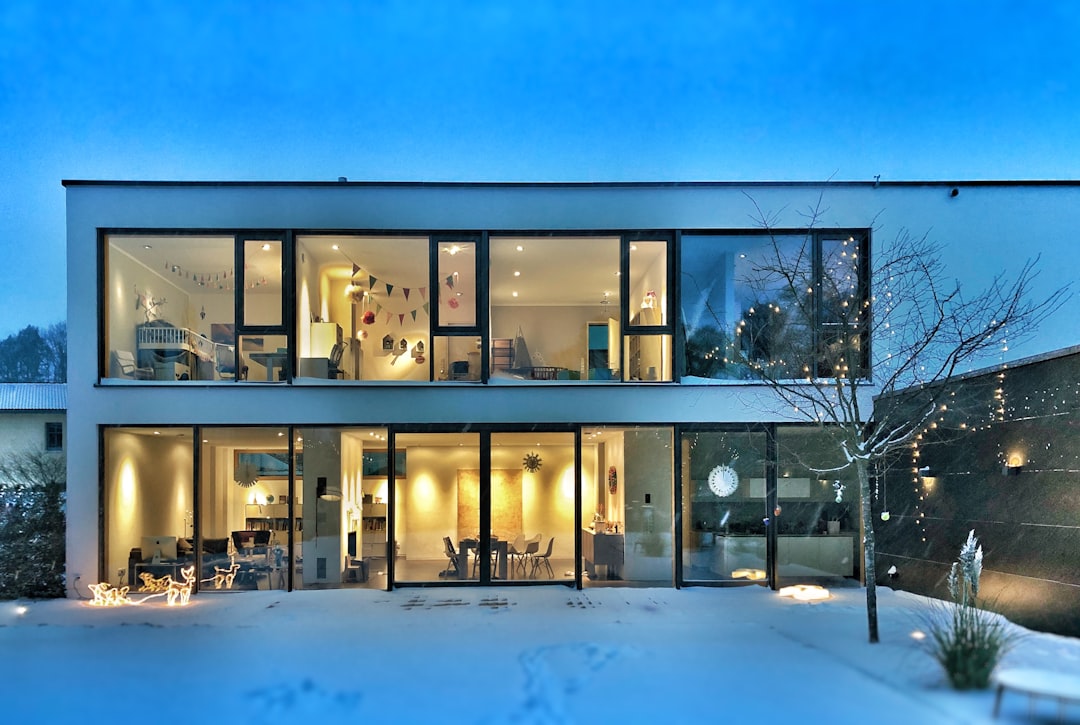A consent order is a legal document that outlines the terms of a settlement agreement between parties in a divorce case. It is a crucial document that ensures that both parties understand and agree to the terms of the divorce settlement. However, there are common mistakes that people often make when drafting a consent order that can have serious consequences. In this article, we will discuss some of these common mistakes to avoid when drafting a consent order in a divorce case.
One common mistake to avoid when drafting a consent order is failing to include all necessary information. A consent order should clearly outline the terms of the divorce settlement, including division of assets, child custody arrangements, and any other relevant details. Failing to include all necessary information can lead to confusion and disputes down the road. It is important to be thorough and detailed when drafting a consent order to ensure that all aspects of the divorce settlement are covered.
Another common mistake to avoid when drafting a consent order is failing to seek legal advice. Divorce can be a complex and emotional process, and it is important to have the guidance of a knowledgeable attorney to ensure that your rights are protected. An experienced attorney can help you understand the legal implications of the terms of the consent order and make sure that it is in your best interests. Seeking legal advice can also help you avoid common pitfalls and ensure that the consent order is legally binding.
One of the most important things to avoid when drafting a consent order in a divorce case is rushing the process. Divorce can be a stressful and emotional time, and it is understandable that you may want to resolve the issue quickly. However, rushing the drafting of a consent order can lead to oversights and errors that can have long-lasting consequences. It is important to take the time to carefully review the terms of the consent order and make sure that it accurately reflects the agreement between the parties.
In conclusion, there are several common mistakes to avoid when drafting a consent order in a divorce case. By being thorough, seeking legal advice, and taking the time to carefully review the terms of the consent order, you can ensure that the document accurately reflects the terms of the divorce settlement and protects your rights. Avoiding these common mistakes can help you avoid disputes and legal challenges in the future.
For more information visit:
Separation & Divorce Legal Solutions | Consent Order Lawyers, Perth WA
https://www.consentorderlawyers.au/
Unlock the power of legal protection and fair resolutions with Consent Order Lawyers AU. Preserve your rights and secure amicable agreements with our expert team of skilled professionals. Navigate through legal complexities effortlessly and ensure peace of mind for both parties involved. Experience true legal justice with Consent Order Lawyers AU – your trusted legal partner.


